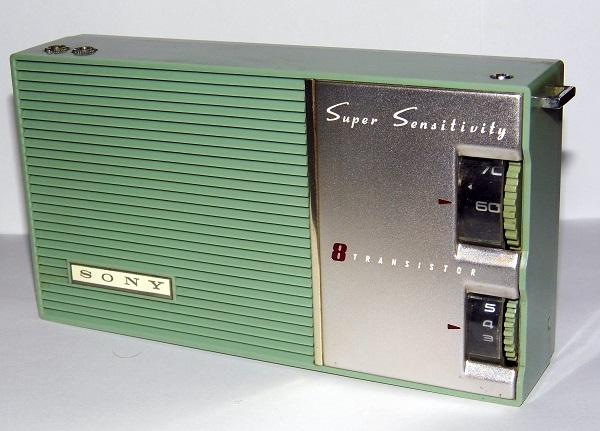Sony: Ready for a Comeback?

Today, companies like Apple, Samsung, Google, Amazon, and Facebook get all the headlines. And rightly so; they are the undisputed tech leaders. It wasn't always that way. Long before smartphones were a thing, Sony ruled consumer electronics. If your TV wasn't a Trinitron, it was second-rate; likewise your CD player, Walkman, and stereo. The typeface logo of SONY stood for innovation and quality.
Getting to the top is hard; staying on top is harder. Somewhere along the way, about when the internet and smartphones got big, Sony lost its mojo. As a whole, the market for traditional consumer electronics, Sony's core strength, withered. Sony got into game consoles when the getting was good, but it seemed to be playing catch-up everywhere else. Several of its Japanese rivals got their plugs entirely pulled, and Sony seemed to be just hanging on by the skin of its MiniDisc.
Three years ago, when the situation seemed particularly bleak, CEO Kazuo Hirai announced a turnaround plan that would abandon laptops, scale back television manufacturing, and instead focus on gaming and phone-camera chips. Now, that plan may be bearing fruit. The company announced that it expected to see an operating profit of $4.5 billion for its upcoming fiscal year through March, 2018. That would be a tidy 73% rise in profits from last year, and would be its highest annual profit in two decades. Its stock price has increased 15% this year, and doubled since 2013.
About a third of Sony's total profits come from PlayStation 4. The PS4 is entering its late life cycle, typically the most profitable part of a product's life, when R&D costs are long paid off, and the hardware design can tolerate cost-cutting. Interestingly, Sony's sales of online games, downloads and streaming are exceeding those of hardware; this suggests that Sony, with the PlayStation Network, is successfully migrating to the increasingly important cloud market.
Sony dominates the image sensor market, accounting for half of the worldwide production. The division lost money last year due to the Kyushu earthquakes which disrupted chip production. This temporary reversal should be overcome this year, as manufacturing capacity is restored and as more and more phones use multiple-sensor designs, particularly dual-lens rear cameras. Sony's struggling phone business is showing a small profit, while the movie business, navigating through its own turnaround plan including a $1 billion write down last year, hopes to return to profitability.
After years of elusive profits, the prospect of a solid jump in operating profit is good news. More important, the turnaround appears to be working. Now, instead of playing defense and downsizing, can Sony get back on the offense, and invent new products that bring real growth?




























































